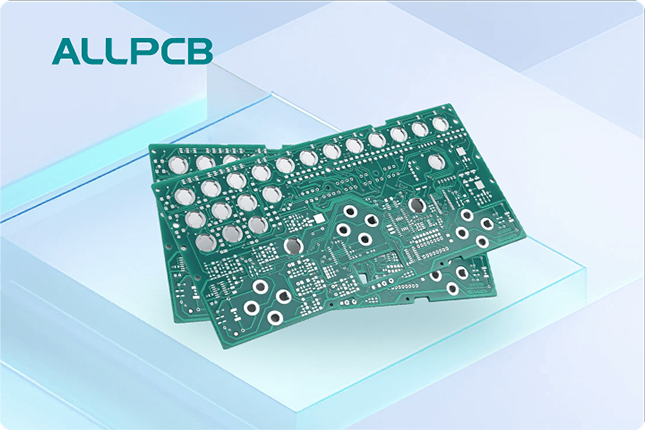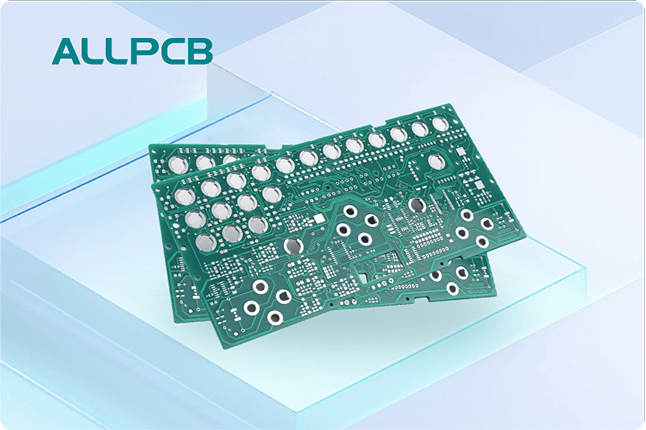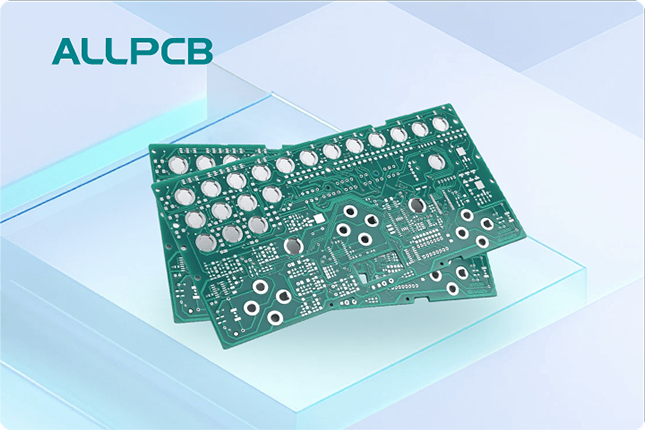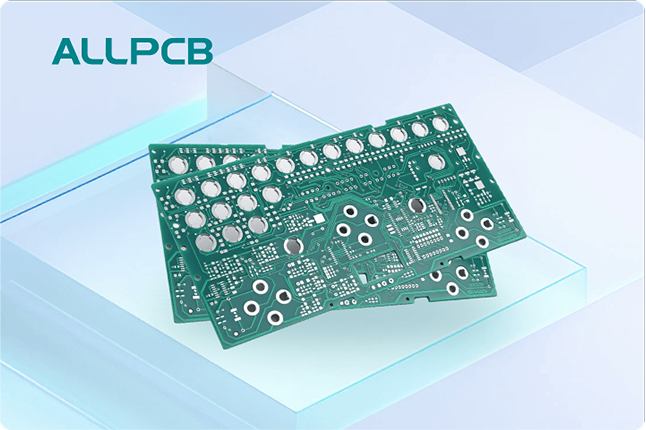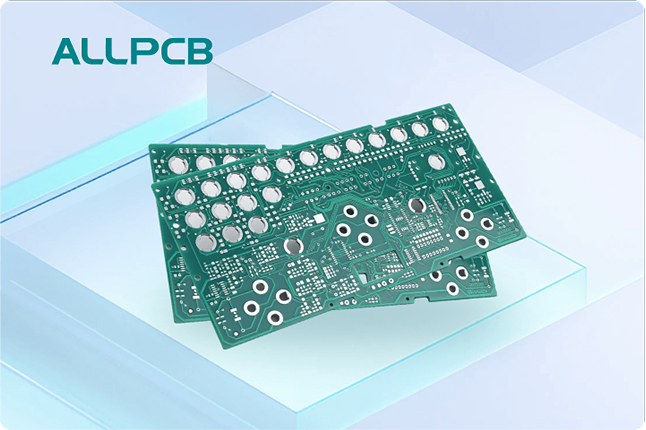For PCB design engineers, understanding REACH compliance is crucial to ensure that your designs meet global safety and environmental standards. REACH, which stands for Registration, Evaluation, Authorization, and Restriction of Chemicals, is a European Union regulation that governs the use of chemicals in products, including printed circuit boards (PCBs). This guide offers a clear path to compliance, focusing on practical steps and checklists to help you navigate the complexities of REACH, Substances of Very High Concern (SVHC), and material requirements in PCB design.
In this comprehensive blog, we’ll break down what REACH compliance means for PCB design, provide actionable tips for meeting regulations, and share a detailed checklist to ensure your designs align with EU standards. Whether you’re searching for a “REACH compliance checklist PCB,” insights on “REACH SVHC PCB design,” or guidance on “PCB material compliance REACH,” this post has you covered.
What Is REACH Compliance and Why Does It Matter for PCB Design?
REACH is a regulation established by the European Union in 2007 to protect human health and the environment from hazardous chemicals. It applies to all industries, including electronics, and requires manufacturers, importers, and designers to manage the risks associated with chemicals in their products. For PCB design engineers, REACH compliance ensures that the materials and components used in your boards do not contain restricted substances above allowable limits.
Non-compliance can lead to serious consequences, such as product recalls, fines, or restricted market access in the EU. More importantly, adhering to REACH demonstrates a commitment to safety and sustainability, which can enhance your reputation in the industry. With the regulation affecting over 27,000 substances and a growing list of Substances of Very High Concern (SVHC), staying informed is essential for any engineer working on PCBs destined for the European market.
Key REACH Requirements for PCBs
REACH imposes several obligations on PCB designers and manufacturers:
- Material Declaration: You must identify and declare any SVHC present in your PCB materials if they exceed 0.1% by weight per article.
- Restriction of Hazardous Substances: Certain chemicals are restricted under REACH Annex XVII, meaning they cannot be used in products above specified limits.
- Notification to ECHA: If an SVHC exceeds the 0.1% threshold and the total amount used exceeds one ton per year, notification to the European Chemicals Agency (ECHA) is mandatory.
- Supply Chain Communication: You must communicate information about SVHCs to downstream users and customers to ensure transparency.
Understanding REACH SVHC in PCB Design
Substances of Very High Concern (SVHC) are chemicals identified by ECHA as having severe effects on human health or the environment. These include carcinogenic, mutagenic, or toxic substances, as well as those that persist in the environment or bioaccumulate. The SVHC list, also known as the Candidate List, is updated biannually, with over 240 substances listed as of 2023.
In PCB design, SVHCs can be found in materials like soldering fluxes, adhesives, coatings, and even certain metal alloys. For example, lead, which is commonly used in soldering, is an SVHC and must be carefully monitored. If your PCB contains an SVHC above 0.1% by weight, you are required to inform your supply chain and customers under Article 33 of REACH.
Common SVHCs in PCB Materials
Here are a few SVHCs that PCB engineers should watch for:
- Lead (Pb): Often found in solder and component finishes, restricted above 0.1% by weight.
- Cadmium (Cd): Used in some coatings and plating, also restricted above 0.1%.
- Phthalates: Found in plastics and insulating materials, these are restricted due to their endocrine-disrupting properties.
To address “REACH SVHC PCB design” concerns, engineers must work closely with material suppliers to obtain declarations of conformity and ensure that no restricted substances are present in their designs beyond allowable limits.
REACH Compliance Checklist for PCB Design Engineers
For engineers searching for a “REACH compliance checklist PCB,” we’ve compiled a practical, step-by-step guide to ensure your designs meet EU regulations. Use this checklist as a roadmap to integrate compliance into your workflow.
1. Understand REACH Obligations
- Familiarize yourself with the REACH regulation, focusing on Articles 7 and 33, which cover SVHC notification and communication.
- Stay updated on the latest SVHC Candidate List through the ECHA website.
2. Audit Your Materials
- Request material safety data sheets (MSDS) or declarations of conformity from suppliers for all PCB components, including substrates, solder, and finishes.
- Identify if any materials contain SVHCs above 0.1% by weight.
3. Collaborate with Suppliers
- Establish a clear communication channel with your supply chain to ensure they provide REACH-compliant materials.
- Request documentation proving that materials are free from restricted substances or within allowable limits.
4. Test and Verify Compliance
- Conduct third-party testing if there’s uncertainty about material composition. Testing can confirm the presence of SVHCs and other restricted chemicals.
- Document test results for future reference and audits.
5. Document and Communicate
- Maintain detailed records of material declarations and compliance certificates for all PCB components.
- Inform downstream users and customers if SVHCs are present above the threshold, as required by REACH.
6. Design with Compliance in Mind
- Opt for alternative materials or processes that avoid SVHCs during the design phase. For instance, use lead-free solder to reduce reliance on restricted substances.
- Integrate compliance checks into your design review process to catch issues early.
PCB Material Compliance Under REACH: Best Practices
Addressing “PCB material compliance REACH” starts with selecting the right materials for your design. Engineers must prioritize materials that meet REACH standards to avoid costly redesigns or market restrictions. Here are some best practices to ensure compliance:
Choose REACH-Compliant Materials
Work with suppliers who provide REACH-compliant materials. For example, opt for FR-4 laminates that are free from halogenated flame retardants, as some of these are listed as SVHCs. Similarly, select lead-free solder alloys like SAC305 (tin-silver-copper) to minimize the use of restricted substances.
Monitor Material Composition
Regularly review the composition of materials used in your PCBs. Even trace amounts of restricted substances can accumulate to exceed the 0.1% threshold when combined across components. Use software tools or databases to track material content and flag potential issues.
Stay Ahead of Regulatory Changes
The SVHC list is dynamic, with new substances added every six months. Subscribe to ECHA updates or use compliance management tools to stay informed about changes that could affect your material choices. For instance, a substance used in your PCB coating today might be added to the SVHC list tomorrow, requiring a swift design adjustment.
Challenges in Achieving REACH Compliance for PCBs
While REACH compliance is essential, it comes with challenges that PCB design engineers must navigate:
- Complex Supply Chains: Sourcing materials from multiple suppliers across the globe can make it difficult to verify compliance at every stage.
- Evolving Regulations: The frequent updates to the SVHC list mean that a compliant design today might not be compliant in six months.
- Cost of Testing: Third-party testing for SVHCs can be expensive, especially for small-scale projects or prototypes.
To overcome these challenges, build strong relationships with trusted suppliers, invest in compliance tracking tools, and allocate budget for testing when necessary. Proactive planning can save time and resources in the long run.
Benefits of REACH Compliance in PCB Design
While compliance might seem like a burden, it offers significant advantages:
- Market Access: REACH compliance allows you to sell your PCBs in the EU, one of the largest electronics markets in the world.
- Enhanced Safety: Using safer materials reduces health and environmental risks for both end-users and manufacturing staff.
- Competitive Edge: Demonstrating a commitment to sustainability can set your designs apart in a crowded market.
Practical Tools and Resources for REACH Compliance
To simplify the compliance process, leverage these tools and resources:
- ECHA Website: Access the latest SVHC Candidate List and REACH guidance documents directly from the source.
- Compliance Software: Tools like BOMcheck or Assent Compliance can help track materials and flag SVHCs in your designs.
- Industry Associations: Organizations like the Institute of Printed Circuits (IPC) offer resources and training on REACH compliance for electronics.
Conclusion: Building REACH Compliance into Your PCB Design Process
REACH compliance is not just a regulatory requirement; it’s a commitment to safer, more sustainable PCB design. By understanding the regulation, focusing on “REACH SVHC PCB design,” using a “REACH compliance checklist PCB,” and prioritizing “PCB material compliance REACH,” you can ensure your designs meet EU standards without compromising on quality or performance.
Start by auditing your materials, collaborating with suppliers, and integrating compliance into every stage of your design process. With the right approach, REACH compliance becomes a seamless part of your workflow, opening doors to global markets while protecting health and the environment.
At ALLPCB, we’re dedicated to supporting engineers with resources and expertise to navigate complex regulations like REACH. Use this guide as your starting point to create compliant, innovative PCB designs that stand the test of time.
 ALLPCB
ALLPCB


